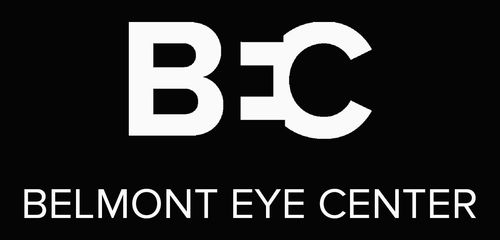At Belmont Eye Center, we frequently receive questions regarding Bladeless Laser Vision Correction and Advanced PRK. Many wonder, ‘What exactly is Bladeless Laser Vision Correction, and how does it compare to No-Cut LASIK?’ It’s crucial to note that these terms denote two distinct procedures.
Bladeless Laser Vision Correction vs. No-Cut LASIK
No-Cut LASIK, true to its name, involves no cutting. Conversely, Bladeless Laser Vision Correction requires cutting the cornea using a femtosecond laser. Traditional LASIK, for comparison, uses a microkeratome, a mechanical instrument with a blade.
Understanding Bladeless LASIK
Here’s how Bladeless LASIK, or Bladeless Laser Vision Correction, works:
- Creating the corneal flap: The femtosecond laser emits ultra-quick, ultra-short pulses of laser light to create microscopic bubbles within the cornea. These bubbles allow for a precise cut and subsequent lifting of the corneal flap, akin to separating Velcro strips.
- Reshaping the corneal tissue: With the flap lifted and the tissue exposed, Dr. Belmont utilizes an excimer laser to reshape the cornea based on the patient’s specific needs. This laser produces ultraviolet light pulses specifically tuned to remove minuscule amounts of tissue, thus correcting nearsightedness, farsightedness, and astigmatism.
- Replacing the corneal flap: After reshaping, Dr. Belmont delicately repositions the flap, which naturally adheres due to hydrostatic pressure, eliminating the need for suturing.
The primary benefits of Bladeless LASIK include increased control, predictability, and precision for surgeons, particularly those not comfortable using a microkeratome.
How Advanced PRK Works
Contrastingly, No-Cut LASIK, also known as Advanced PRK, reshapes the cornea directly to correct refractive errors without the need for a corneal flap.
- Removal of the cornea’s outermost layer: In Advanced PRK, Dr. Belmont applies anesthetic eye drops before using the excimer laser to remove the thin outer layer of the cornea (the epithelium), thereby exposing the underlying tissue.
- Vision correction: The excimer laser is then used to reshape the cornea and correct the patient’s specific refractive errors.
- Recovery after Advanced PRK: After the procedure, a bandage contact lens is placed on the eye for protection, helping the cornea’s outer layer to regenerate over the treatment zone.
While the initial recovery post-PRK may be slightly slower than with LASIK, the avoidance of corneal flap creation often makes it a more patient-friendly option.
In the long term, Advanced PRK boasts a high success rate, with excellent stability of vision correction. However, like any surgery, individual results may vary, and regular follow-up is essential for optimal outcomes.
In conclusion, both Advanced PRK and Bladeless Laser Vision Correction offer reliable, long-lasting improvements in vision. However, the choice between the two depends on various factors, including the patient’s specific vision correction needs, overall eye health, and personal preferences. To learn more about these procedures, schedule a consultation with Dr. Belmont at the Belmont Eye Center today.
